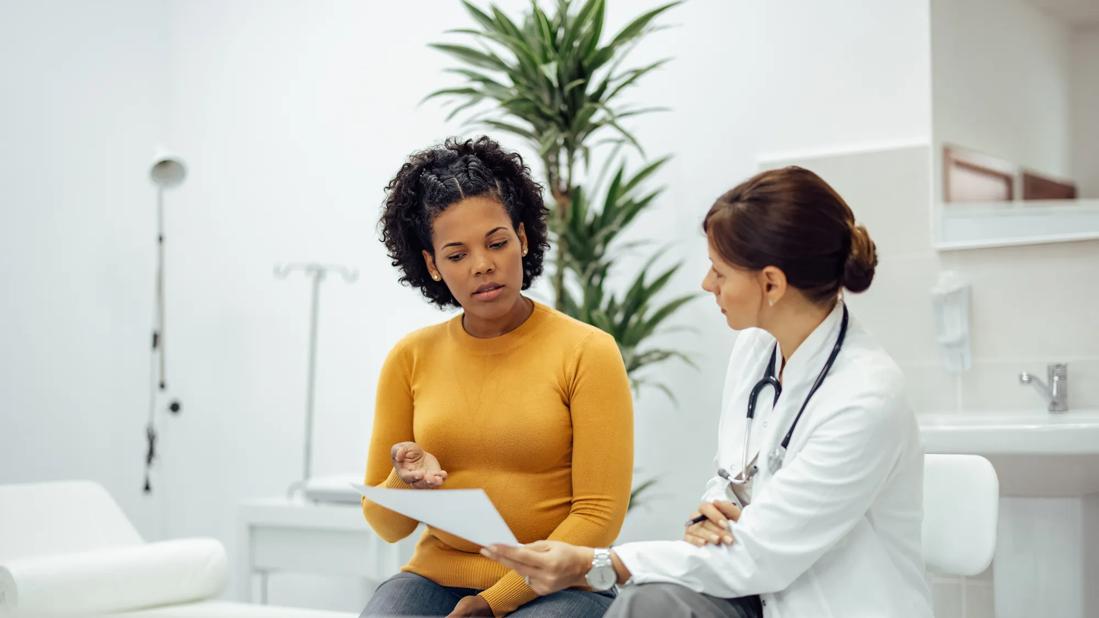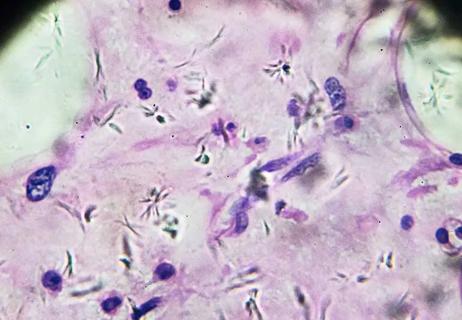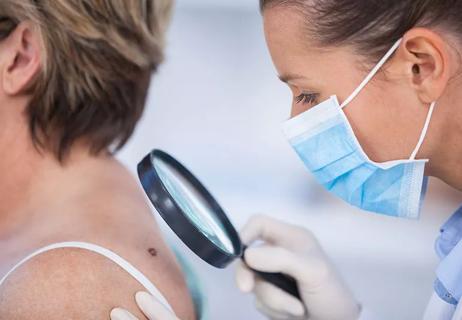Rates of early-onset breast, colorectal and GI cancers are increasing, but preventive care and a healthy lifestyle can help reduce your risk

Age is a major risk factor for cancer and is most typically diagnosed in people ages 65 to 74. But early-onset cancer — or cancer found in people ages 18 to 49 — is rising at an alarming rate.
Advertisement
Cleveland Clinic is a non-profit academic medical center. Advertising on our site helps support our mission. We do not endorse non-Cleveland Clinic products or services. Policy
The American Cancer Society reports increases in 17 of 34 cancer types in the Gen X and Millennial populations. Death rates for some cancer types are increasing, too.
We asked colorectal surgeon David Liska, MD, to explain the rise of cancer in young adults.
There’s no definite answer to this question, but there are theories, says Dr. Liska.
Experts have identified what they call a “birth cohort effect,” showing that people born from the 1960s onward are seeing increased cancer rates. The effect is consistent across all industrialized countries, not just the United States.
“The assumption is that there must be an environmental exposure that started in those years and affected subsequent generations,” explains Dr. Liska. He adds that there’s likely more than one environmental factor at play.
Experts also draw a parallel between the obesity epidemic and the rise in early-onset cancer. Obesity and a sedentary (inactive) lifestyle are risk factors for many cancer types.
“That parallel is clear, but it’s important to note that there are plenty of young adults with cancer who are very active and at a healthy weight,” he clarifies. “Rising obesity rates aren’t the only factor.”
The most common cancer in adults under 50 is breast cancer. But rates are also high for other early-onset cancer types, including:
Advertisement
“Breast cancer is the most commonly diagnosed early-onset cancer,” Dr. Liska says. “But from a mortality standpoint, colon cancer in young adults has a more significant impact.” (Colorectal cancer is the leading cause of cancer deaths for adults under 50.)
Dr. Liska also notes that cancers such as appendiceal (appendix) cancer and prostate cancers are increasing in younger adults but are still considered very rare.
There are recommendations for when people should begin cancer screenings, but early-onset cancer is often detected at a younger age than the recommended age for those suggested check-ups.
That means younger people typically aren’t getting diagnosed through screenings. Instead, they usually have symptoms that lead to a cancer diagnosis.
Symptoms of cancer can be specific to the type of cancer, but general signs of cancer in young adults include:
But research and surveys show that younger adults tend not to promptly bring those symptoms to the attention of a healthcare professional, says Dr. Liska. (Young adults tend to see medical providers less often.)
In addition, Dr. Liska says physicians are often less likely to test for cancer when young patients show those general symptoms.
Compared to cancer diagnosed in older adults, early-onset cancer is more likely to be:
There’s no surefire way to avoid cancer. But people can reduce their risk of early-onset cancer in several ways, including:
Advertisement
Dr. Liska also stresses the importance of bringing any new symptoms to the attention of a healthcare provider right away to see if you need testing.
“The earlier you diagnose cancer at any age, the better the outcome,” he emphasizes. “In younger adults, recognizing symptoms and taking action is the best way to identify and treat cancer early.”
Advertisement
Learn more about our editorial process.
Advertisement

Prioritize protein and fresh produce, but be extra careful to avoid bacteria that could cause foodborne illnesses

The side effects of cancer and treatment can impact desire, sexual function and intimacy, but there are ways you can keep the flame going

Decisions you make regarding smoking, alcohol use, meal choices and exercise can make a big difference

Taming fear and reclaiming your future after treatment

Carcinomas are the most common and affect skin and organs

7 healthy eating tips to help reduce your risk of some of the most common types of cancer

Research on the controversial issue is mixed, but there are safety precautions you can take

If you experience these symptoms, it’s time to talk to your doctor

Leg-related symptoms indicate DVT, while chest symptoms point to a pulmonary embolism

There are many different ways to love someone and yourself

Looking down at your smartphone or computer screen can stress muscles in your neck, shoulders and back